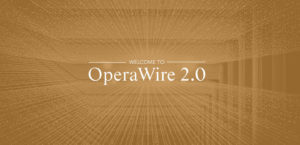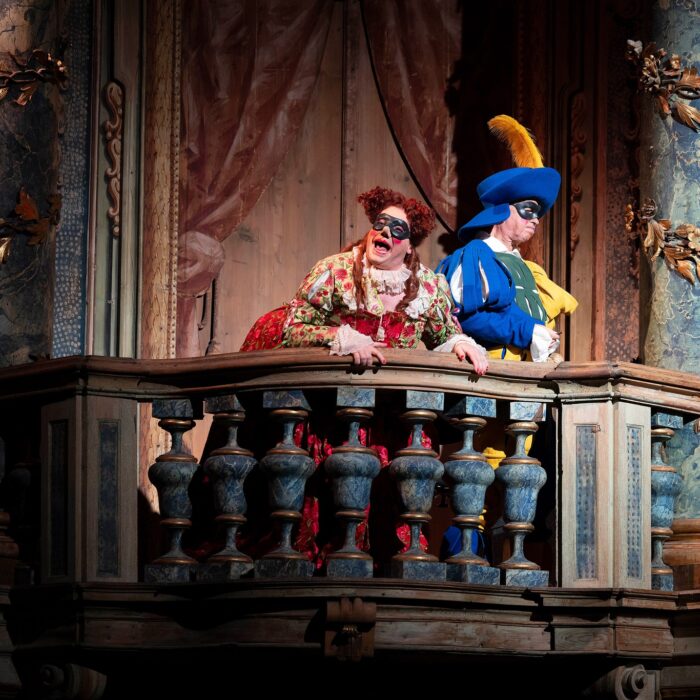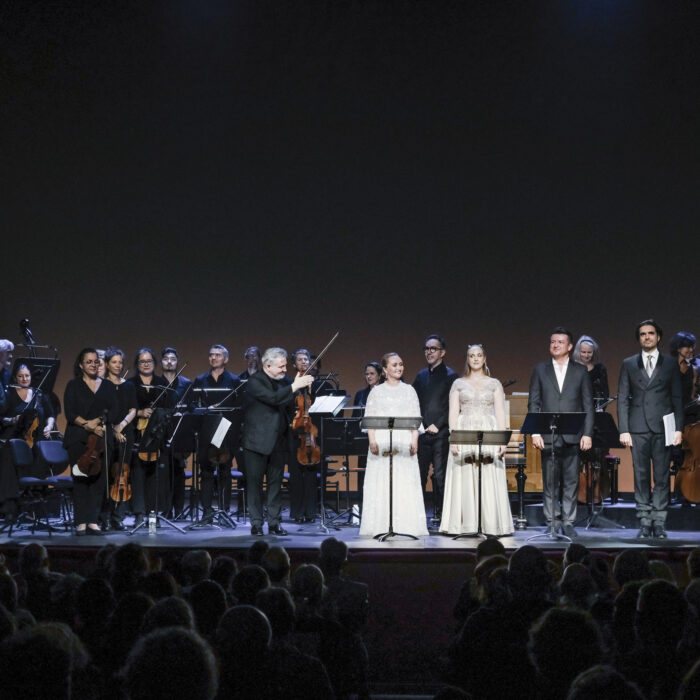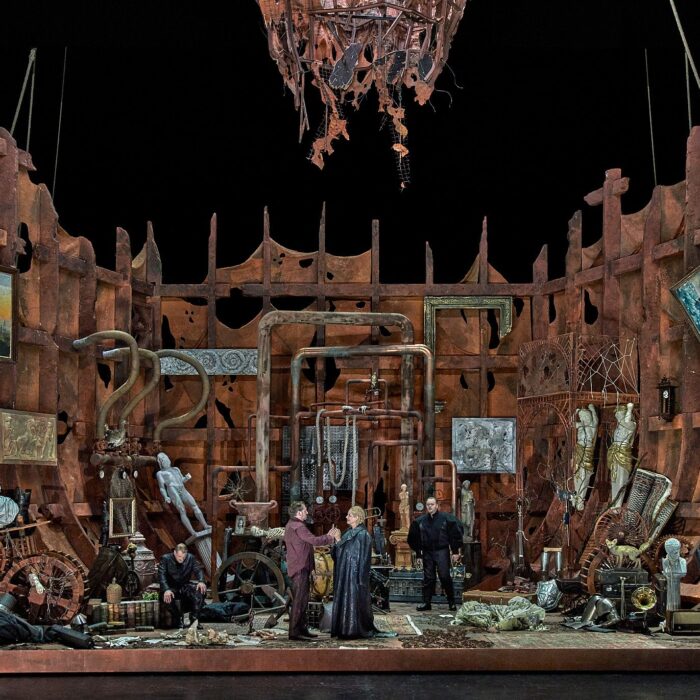
Elbphilharmonie Hamburg 2025 Review: Rituel/ Daphnis et Chloé
Sir Simon Rattle’s French Visions Illuminate the Carl-Philipp-Emanuel-Bach-Chor Hamburg & Bavarian Radio Symphony Orchestra
By Mengguang Huang(Photo: Carolin Windel)
If Pierre Boulez’s “Rituel in memoriam Bruno Maderna” is music built in air and echo, then Maurice Ravel’s “Daphnis et Chloé” is the sound of breath and blood. On this evening at the Elbphilharmonie, Sir Simon Rattle and the Bavarian Radio Symphony Orchestra offered both works not as opposites but as two spiritual ceremonies.
Boulez’s “Rituel,” a meticulously architected work for eight instrumental groups, was performed with a reverence that made the silence between notes feel like part of the score. Rattle’s decision to position the two wind ensembles high up in the side galleries transformed the hall into a resonating chapel of sound. Each group—spread across the stage—answered and imitated the others in slowly shifting layers, their entrances cued not by baton but by the accurate raise of a hand gesture or a glance. The spatial arrangement, rarely executed so precisely, turned the hall itself into the instrument. What might have felt austere on paper was here almost tactile: ritualistic, transcendent, but never static.
Then came Ravel’s “Daphnis et Chloé,” and the air changed completely. No dancers graced the stage, yet it hardly mattered: from the very first breath of flutes over murmuring strings, it was clear that Rattle intended to stage the ballet in the mind’s eye. Rattle shaped the opening tableau with an impressionistic haze—warm, blurred outlines—but quickly revealed the work’s pulsing energy underneath. This was no perfumed nostalgia; it was storytelling through orchestral muscle, with a clear structural vision.
The Carl-Philipp-Emanuel-Bach-Chor Hamburg entered like mist — their first pianissimo vowelless chords barely more than breath. In Ravel’s score, the choir never sings text. They gave voice to the ancient world with a radiant force. Positioned at the rear of the stage, the female voices in particular shone with a silvery light in the “Lever du jour,” lifting the scene like a film dissolving from night into dawn. In louder passages, the men’s voices added grounded weight, at once stately and wild, pushing through dense textures without ever sounding forced. Their presence was not just atmospheric—it was structural. They were utterly integrated into the orchestral fabric: blending into the rustle of strings, floating above muted trumpets and celesta during the hallucinated vision of Pan, and blooming gloriously in the final sunrise chorus.
The orchestra itself was in luminous form. The flute solos — especially in Daphnis’s dreamy reveries — were spun in silver. Clarinets twisted in and out of harmonic shadows with feline grace. Ravel’s famously complex percussion writing — antique cymbals, crotales, wind machine, even a wordless tenor in the chorus — was rendered with unerring clarity. Harps, placed close to the edge of the stage, glinted like reflections on water. And the strings — at times split into more than a dozen parts — moved with organic suppleness, from velvet murmur to ecstatic shimmer.
Rattle, ever the narrative conductor, guided the score like a drama. He did not merely allow Daphnis to bloom; he guided it to grow, twist, and break open. In the pirate scene, sharp brass bursts and rumbling percussion evoked chaos without losing the music’s refined edge. The moment Pan appears—in feral brass glissandi—was not just theatrical; it was mythic. The final Danse générale, with its wildly shifting meters, came off not as a curtain call but as a true release: frenetic yet precise, radiant with rhythmic fire.
A brief encore—a poised, translucent “La Fileuse” from Fauré’s “Pelléas et Mélisande”—felt like a gentle curtain call. After the expansive myth and ritual of the main program, it was a final nod to French refinement and restraint.
This performance was more than a showcase of sonic splendor; it was a study in transformation—of space into theater, of music into motion, of voice into atmosphere. Rattle’s interpretive vision lent the Ravel ballet’s sensual outpouring a striking structural clarity, revealing an unexpected kinship with the ceremonial logic of Boulez. It is indeed this rare vision that reaffirms his remarkable ability to interpret and illuminate the great scores of the 20th century.



